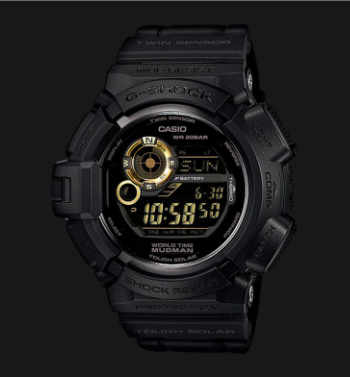Thousands of people in Sweden have inserted microchips, which can function as contactless credit cards, key cards and even rail cards, into their bodies. Once the chip is underneath your skin, there is no longer any need to worry about misplacing a card or carrying a heavy wallet. But for many people, the idea of carrying a microchip in their body feels more dystopian than practical.
Some have suggested that Sweden’s strong welfare state may be the cause of this recent trend. But actually, the factors behind why roughly 3,500 Swedes have had microchips implanted in them are more complex than you might expect. This phenomenon reflects Sweden’s unique biohacking scene. If you look underneath the surface, Sweden’s love affair with all things digital goes much deeper than these microchips.
The term biohackers refers to those amateur biologists who conduct experiments in biomedicine, but do so outside of traditional institutions – such as universities, medical companies and other scientifically controlled environments. Just as computer hackers hack computers, biohackers hack anything biological.
Biohacking is also a culture and a diverse one, with many different subgroups – all with different types of interests, goals and ideologies. But within this diversity there are two main groups: “wetware hackers” and transhumanists.

